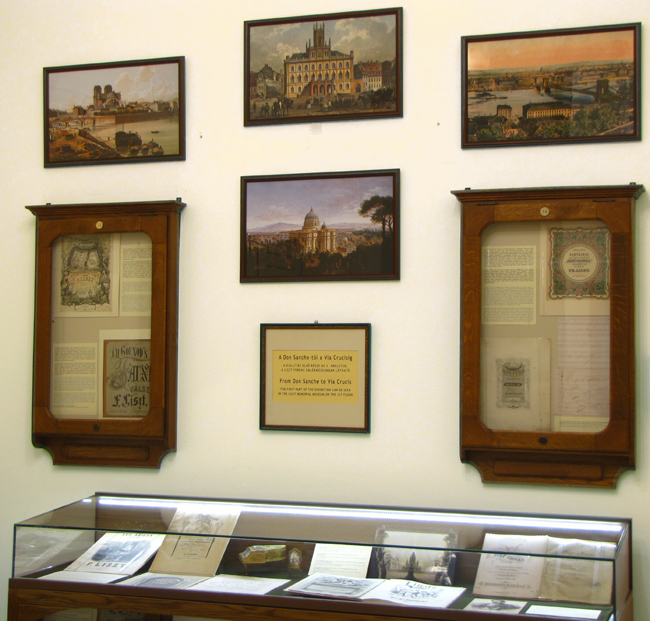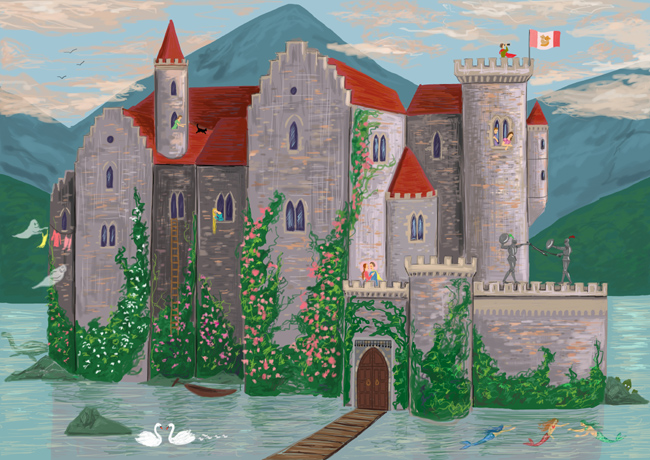From Don Sanche to Via Crucis - Liszt’s European Life from Paris to Budapest
The idea of our new international exhibition came from Listomania Internaional and our French colleagues based on the plans of putting Liszt’s opera Don Sanche on stage in the theater of Debrecen followed by a performance on the premises of the Liszt festivals in Châteauroux France, in October 2015. The exhibition would also be part of the Châteauroux events...
The idea of our new international exhibition came from Listomania Internaional and our French colleagues based on the plans of putting Liszt’s opera Don Sanche on stage in the theater of Debrecen followed by a performance on the premises of the Liszt festivals in Châteauroux France, in October 2015. The exhibition would also be part of the Châteauroux events.
Don Sanche, or The Castle of Love is an opera in one act, composed by Liszt at the age of 13 or 14 in Paris, where a panel of 8 experts (among them Cherubini, Boieldieu, Lesueur) found it suitable for showing in 1825. The music is a mixture of late classical and early Italian opera style.
The Budapest exhibition elaborates on Liszt and the opera as a whole. The first part deals with the question of how the young Liszt’s composition fits into the performance practice of contemporary Paris opera. The second part introduces several Liszt compositions written in Weimar, Rome and Budapest that can in some way be connected to the opera as a genre.
This was an exciting phenomenon in music history and a popular and exciting topic for discussion for Liszt as well as his contemporaries. In the middle of the 19th century not only the opera as a genre was going through enormous change but the form and structure of oratorios was changing as well. The genre had to go through complete renewal to meet modern expectations and find its place alongside the opera. Above all the two genres had a lot in common.
The last and most complex expression of inner drama is Liszt’s Via Crucis, which he completed in Budapest, in 1879 and interestingly the premiere was also in Budapest exactly 50 years later. That is why we finish this section of the exhibition in Budapest. We tried to examine the relation and mutual effect of the two genres and found the best way to show this is through Liszt’s oratorios and how they were put on stage. We have displayed Liszt’s opera transcriptions, some writings about Liszt as a conductor, his own essays about operas and there is mention of his other plans and opera ideas.
The structure of the exhibition is a chronological one: starting with the opera written at the age of 13 and ending with his late oratorio. The material in the display cases of the central room of the museum and on the tablets show Liszt’s journey from Paris to Budapest. The second part of the exhibition (downstairs) is a selection of opera transcriptions and transcriptions of compositions belonging to different genres that were originally meant to be operas (e.g. Jeanne d’Arc) and pieces that have opera-like sections, as the cantata “Die Glocken des Strassburger Munsters”. Because of the cooperation the second part of the exhibition also focuses on the years the composer lived and worked in France and Hungary.






